1. Introduction to Actigraphy in Clinical Settings
Actigraphy, a method for monitoring rest-activity cycles, has gained significant traction in clinical research settings. This non-invasive technology offers a unique approach to understanding patient behaviors and physiological patterns.
- Rise of Actigraphy in Clinical Research: Actigraphy’s integration into clinical trials marks a shift towards more objective and continuous data collection methods in medical research.
- Benefits in Clinical Trials: The use of actigraphy in clinical trials provides numerous advantages, including detailed sleep-wake cycle monitoring and patient activity patterns, contributing to a richer data set for analysis.
- Overview of Actigraphy Technology: At its core, actigraphy relies on small, wrist-worn devices that track movement, offering insights into sleep quality and daytime activity levels.
“In the realm of clinical trials, actigraphy presents a harmonious blend of technological innovation and patient-centric research approaches.”
2. Designing Clinical Trials with Actigraphy

The incorporation of actigraphy into clinical trials requires thoughtful design and planning to ensure the technology aligns with the study’s objectives and provides meaningful data.
2.1 Selecting Suitable Trials for Actigraphy Use
Choosing the right clinical trials for actigraphy use involves several key considerations. It is most effective in studies where monitoring of sleep patterns, physical activity levels, and circadian rhythms is crucial.
- Identifying Appropriate Conditions: Actigraphy is particularly beneficial in trials involving sleep disorders, chronic fatigue syndrome, and other conditions where activity levels are a key focus.
- Evaluating Study Design Suitability: The technology is best suited for studies requiring long-term, continuous monitoring of participants in a non-intrusive manner.
“Selecting the right trial for actigraphy use is a critical step in harnessing its full potential in clinical research.”
2.2 Integrating Actigraphy into Trial Protocols

Incorporating actigraphy into clinical trial protocols demands meticulous planning for seamless integration. This includes defining clear objectives for actigraphy use, establishing protocols for data collection, and ensuring the technology aligns with the overall trial design.
- Setting Clear Objectives: Define specific goals for actigraphy, such as tracking sleep quality or measuring physical activity levels.
- Establishing Data Collection Protocols: Develop standardized procedures for data collection to ensure consistency and reliability.
2.3 Participant Considerations in Actigraphy Trials
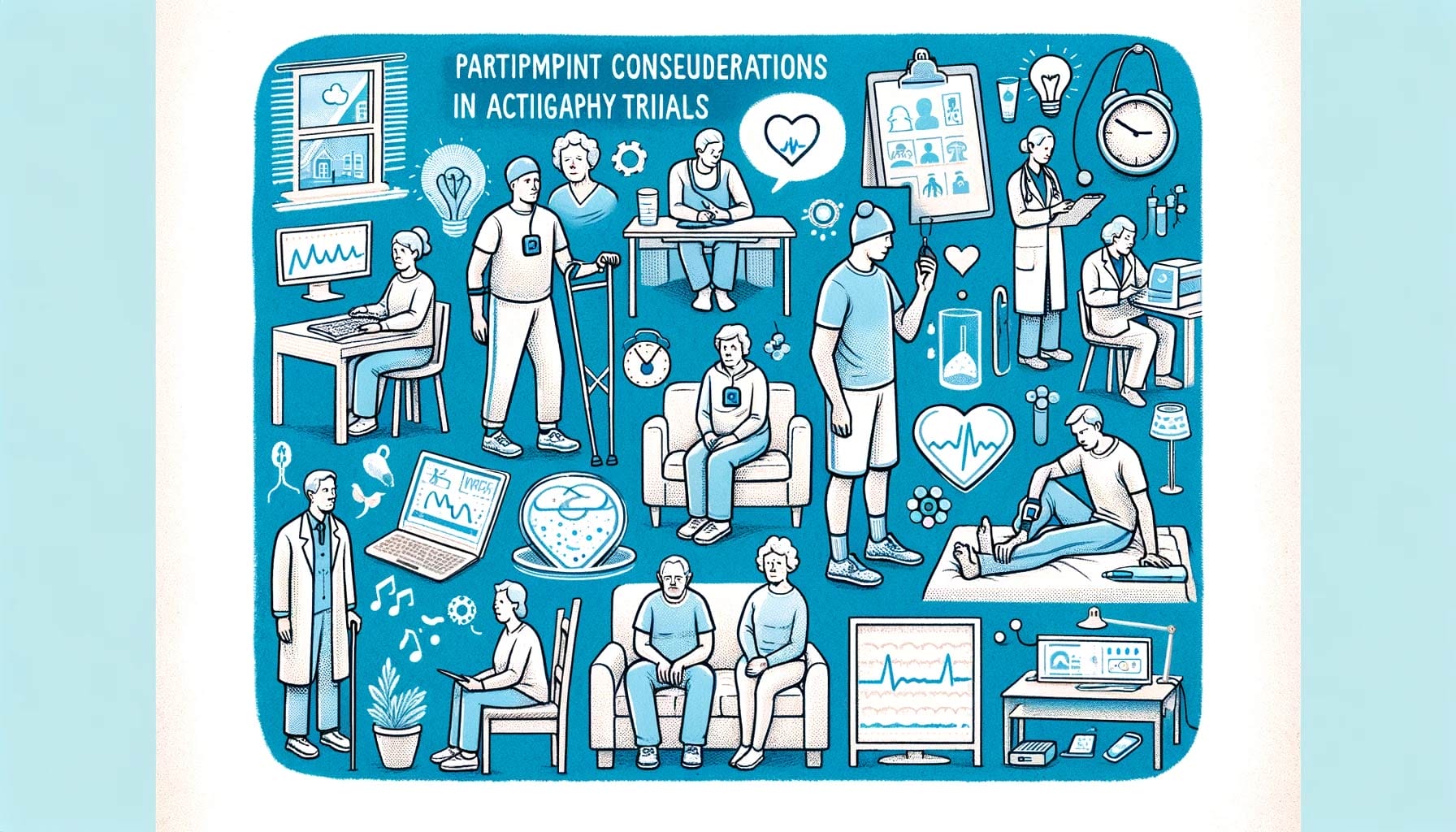
Ensuring participant comfort and compliance is crucial for the success of actigraphy in clinical trials. It involves choosing user-friendly devices and providing clear instructions and support to participants.
- Ensuring Device Comfort: Select devices that are comfortable for long-term wear and minimally invasive.
- Participant Training and Support: Offer comprehensive guidance on device usage and provide ongoing support.
“The success of actigraphy in clinical trials hinges on participant comfort and compliance, underscoring the need for thoughtful integration into trial protocols.”
These steps are vital in the successful integration of actigraphy into clinical trials, emphasizing the need for careful planning and consideration of participant experience. Find the ideal actigraphy device for your research with our guide: Selecting the Right Research-Grade Actigraphy Devices: An Expert Guide.
3. Analyzing Clinical Trial Data Using Actigraphy
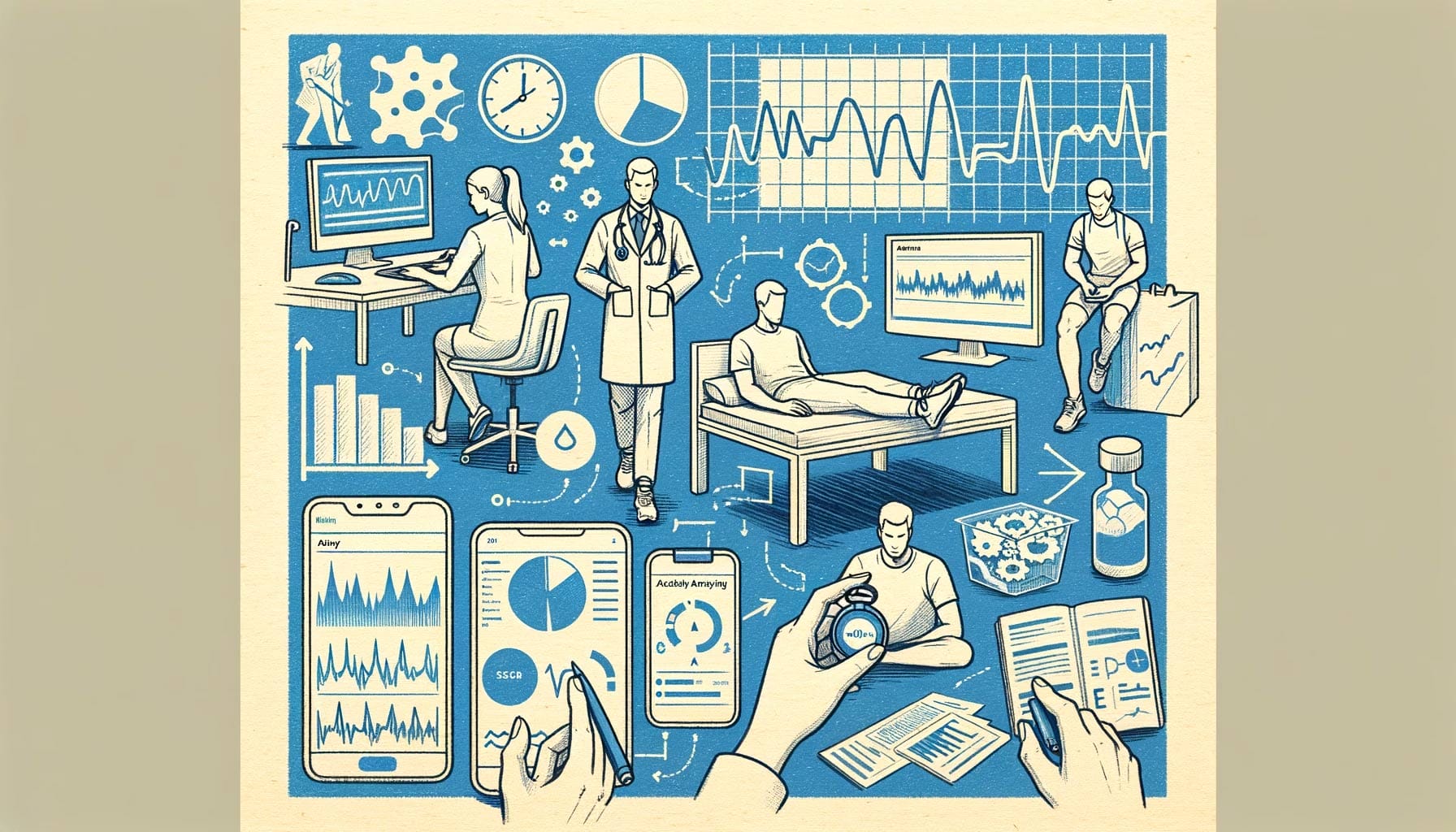
The analysis of data collected through actigraphy in clinical trials is a nuanced process that requires specific methodologies to ensure accuracy and meaningful interpretation.
3.1 Data Interpretation and Analysis Techniques
Interpreting actigraphy data in clinical trials involves various techniques that transform raw data into insightful information relevant to the study’s objectives.
- Approaches to Interpreting Actigraphy Data: Utilize specialized software and analytical methods tailored to the specific requirements of the trial.
- Understanding the Context: Consider the clinical context of the trial while interpreting actigraphy data, as this can significantly influence the outcomes.
“The interpretation of actigraphy data is a delicate balance between technological analysis and clinical insight, each informing the other to produce comprehensive study results.”
This section delves into the methodologies and considerations crucial for the effective analysis of actigraphy data in clinical trial settings, highlighting the importance of a balanced approach that combines technical expertise with clinical understanding.
3.2 Challenges in Actigraphy Data Analysis

Analyzing data from actigraphy in clinical trials presents unique challenges that researchers must skillfully navigate to ensure valid results.
- Handling Large Data Sets: Actigraphy generates extensive data, requiring robust systems for effective handling and analysis.
- Dealing with Data Variability: Variability in patient activity patterns can pose challenges in data interpretation and require careful analysis to discern meaningful trends.
“Navigating the complexities of actigraphy data analysis is as much an art as it is a science, demanding both precision and adaptability.”
Addressing these challenges is crucial for accurate interpretation of actigraphy data, ensuring that the insights gained are both reliable and relevant to the clinical trial’s objectives.
4. Case Studies: Actigraphy in Clinical Trials
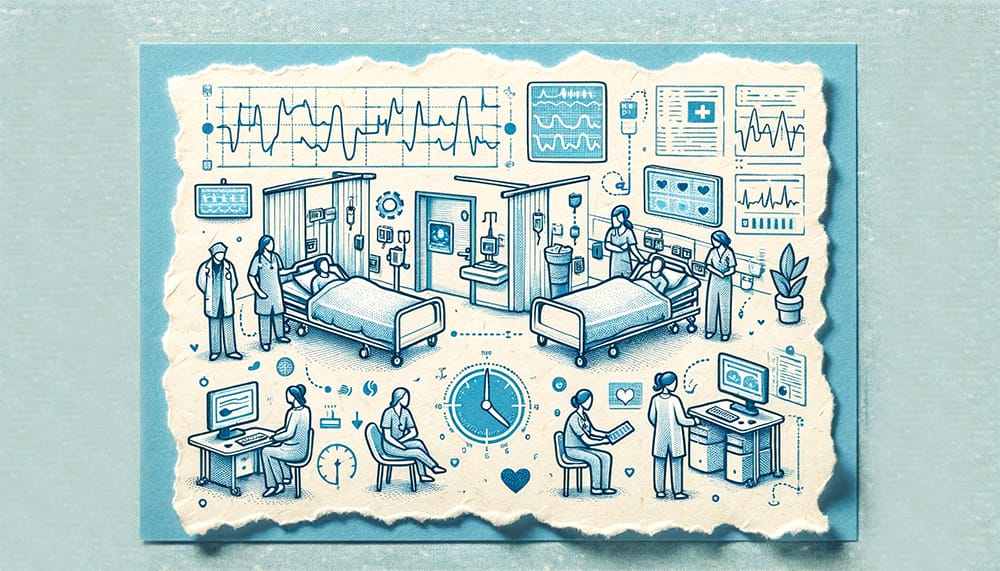
4.1 Actigraphy in Sleep Disorder Trials
Actigraphy has been effectively used in sleep disorder trials, particularly for conditions like insomnia, circadian rhythm sleep-wake disorders, and sleep-disordered breathing. Studies have utilized actigraphy to measure sleep outcomes like Wake After Sleep Onset (WASO), total sleep time, and sleep efficiency. Performance comparisons of various algorithms in actigraphy against the gold standard Polysomnography (PSG) have been conducted, providing insights into the effectiveness of different actigraphy models and techniques in sleep research.
Explore how actigraphy is transforming sleep pattern analysis in our detailed guide, ‘Understanding Actigraphy Studies in Sleep Patterns: An In-Depth Analysis’, perfect for sleep researchers and healthcare professionals.
4.2 Actigraphy in Chronic Illness Management

Actigraphy’s role in clinical trials extends to chronic illness management, where it offers valuable insights into patients’ daily activity levels and sleep patterns. This is particularly useful in conditions like fibromyalgia, chronic fatigue syndrome, and other illnesses where physical activity and sleep quality are key indicators of health and treatment efficacy.
- In these trials, actigraphy provides continuous, objective data on patient activity, aiding in the assessment of treatment impact and disease progression.
- The data gathered from actigraphy devices helps in tailoring treatment plans more effectively, as it offers a clear picture of how patients are responding in their daily lives.
Through these applications, actigraphy proves to be a versatile tool in clinical trials, contributing significantly to our understanding and management of chronic illnesses.
4.3 Actigraphy in Studying Sedentary Behavior and Physical Activity

Actigraphy is increasingly used in clinical trials to study sedentary behavior and physical activity, especially in relation to chronic diseases and overall wellness.
- Monitoring Physical Activity: Actigraphy provides continuous data on the levels of physical activity, which is crucial in studies involving conditions like obesity, cardiovascular disease, and diabetes.
- Assessing Sedentary Behavior: It helps in quantifying sedentary behavior, offering insights into the relationship between inactivity and various health outcomes.
This application underscores actigraphy’s role in not only sleep research but also in broader studies related to physical health and lifestyle.
5. Ethical Considerations in Actigraphy-Based Trials

Ethical considerations play a crucial role in the implementation of actigraphy in clinical trials, ensuring the integrity and ethical conduct of research.
5.1 Ensuring Participant Privacy and Data Security
In actigraphy-based trials, protecting participant privacy and securing data is of utmost importance. The sensitive nature of the data collected, which often includes detailed information on personal activity patterns and sleep, requires stringent data protection measures.
- Privacy Protocols: Develop and implement robust privacy protocols to protect participant data.
- Data Security Measures: Employ advanced data encryption and secure storage solutions to prevent unauthorized access and data breaches.
“In the realm of actigraphy research, respecting and safeguarding participant privacy is as vital as the data collected.”
Ensuring privacy and data security is not only a legal obligation but also a moral imperative in clinical research, fostering trust and integrity in the scientific process.
5.2 Ethical Use of Actigraphy Data
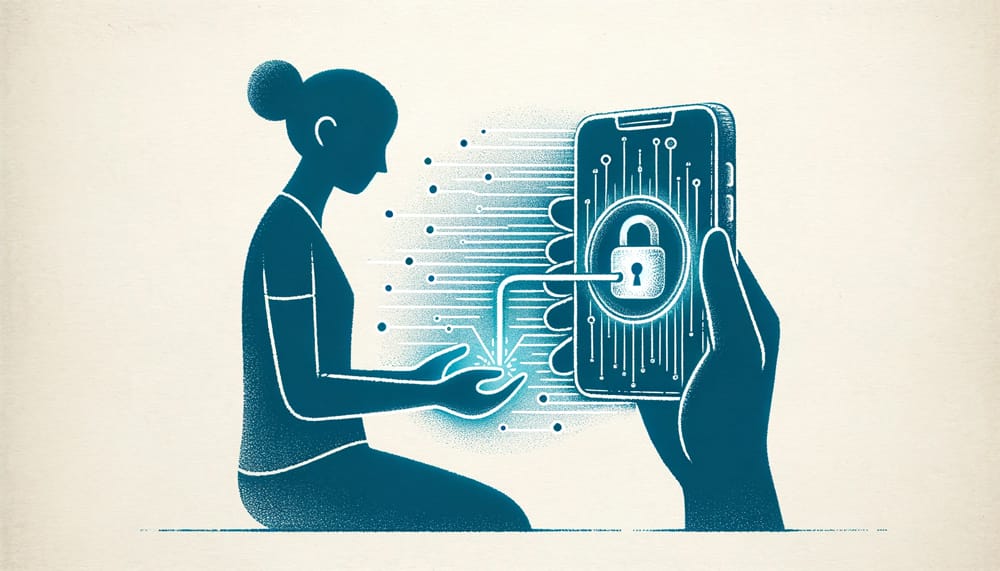
The ethical use of actigraphy data in clinical trials encompasses ensuring that the data is used solely for the intended research purposes and that participants are fully informed about how their data will be utilized.
- Informed Consent: Participants should be thoroughly informed about the nature of data collection and its intended use in the research.
- Data Use Limitations: Clearly define the scope of data usage, ensuring that it aligns with the consent provided by participants.
“Ethical stewardship of actigraphy data is not just a protocol; it’s a commitment to maintaining trust and integrity in clinical research.”
Adhering to ethical standards in the use of actigraphy data is fundamental in upholding the principles of respect, beneficence, and justice in clinical trials.
6. Future Directions in Actigraphy-Based Trials
The future of actigraphy-based trials is shaped by ongoing technological advancements, promising enhanced capabilities and broader applications in clinical research.
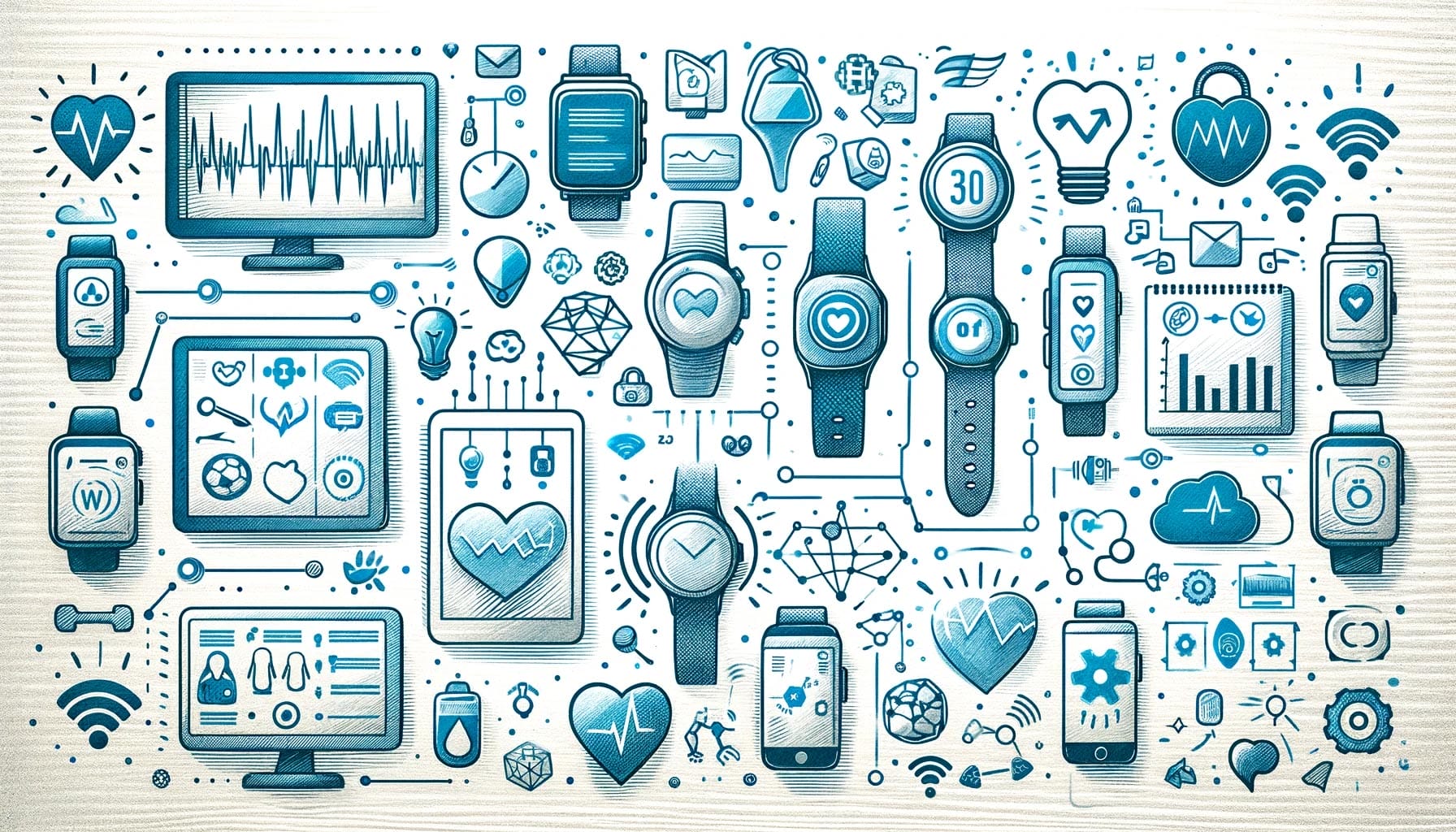
6.1 Technological Advancements and Their Implications
Technological advancements in actigraphy are set to revolutionize its application in clinical trials. Innovations such as cloud technology for remote sensor control and automatic data transmission, miniaturization of devices, and improved attachment methods are enhancing the efficiency and effectiveness of actigraphy in research.
- Cloud Technology: Enables remote monitoring and real-time data transmission, facilitating more dynamic and responsive research setups.
- Device Miniaturization: Smaller devices increase wearer comfort and compliance, expanding the potential for long-term monitoring. Find the ideal actigraphy device for your research with our guide: Selecting the Right Research-Grade Actigraphy Devices: An Expert Guide.
- Improved Attachment Methods: Better attachment methods reduce the likelihood of data interference and increase the accuracy of readings.
“Technological innovations in actigraphy are not just enhancements; they are redefining the possibilities and scope of research in clinical trials.”
These advancements are paving the way for more sophisticated, user-friendly, and efficient use of actigraphy in clinical trials, significantly expanding its potential and application in the field of medical research.

The integration of cloud technology in actigraphy-based clinical trials offers significant benefits. It enables remote monitoring and management of devices, ensuring continuous and efficient data collection. The miniaturization of devices enhances patient compliance by making them more comfortable to wear for extended periods. Improved attachment methods contribute to more accurate and reliable data collection by reducing potential data loss or interference. These technological advancements are not only improving the practical aspects of actigraphy in clinical trials but are also expanding the scope of research by allowing for more detailed and comprehensive data analysis. This evolution in technology is key to unlocking new potentials in clinical research and patient monitoring.
6.2 Expanding the Scope of Actigraphy in Clinical Research
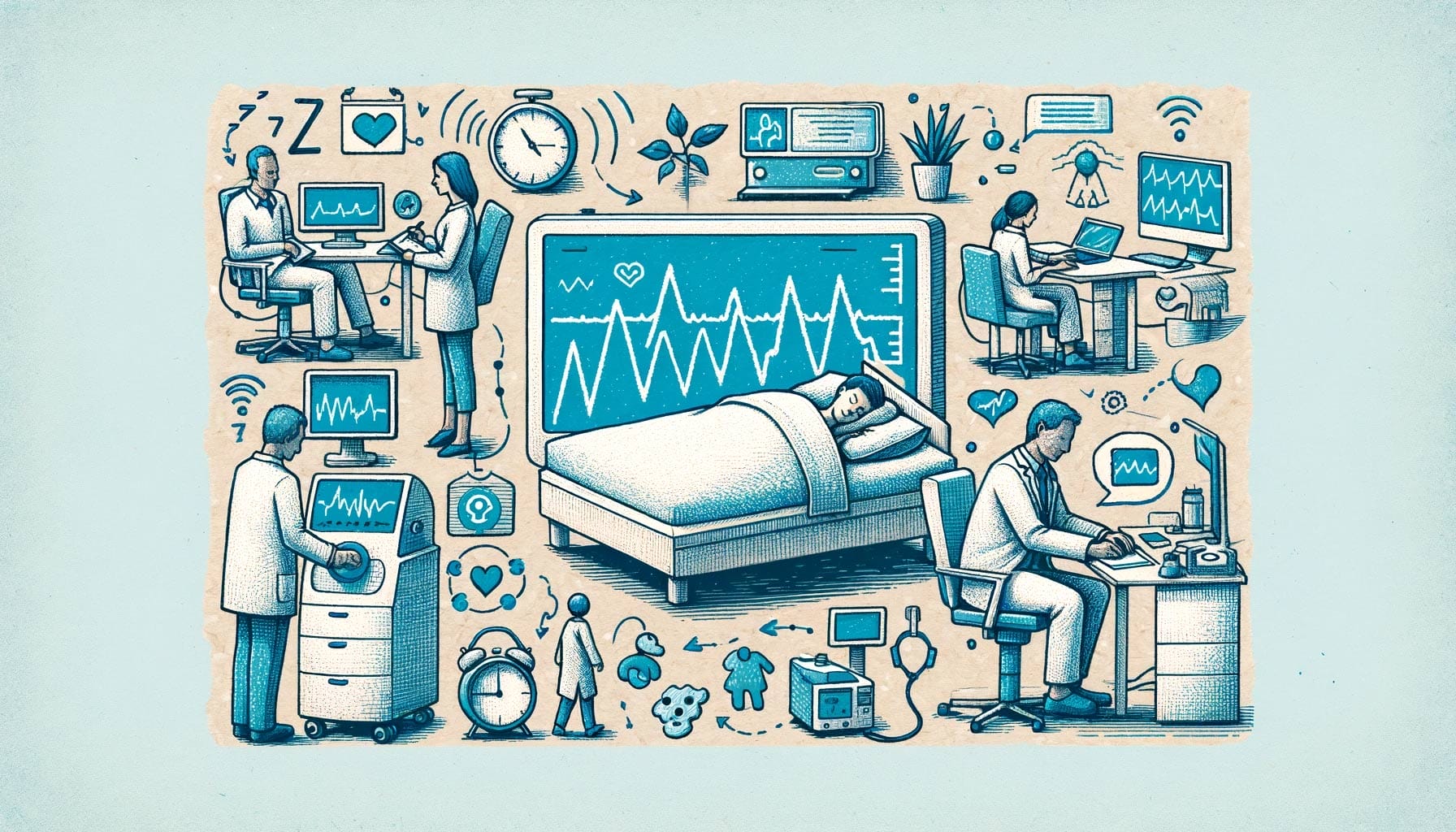
The future of actigraphy in clinical trials is not just confined to technological improvements; it also encompasses expanding the scope of its application in research. This expansion includes exploring new areas of health and disease monitoring, and integrating actigraphy with other biometric measures for a more comprehensive health assessment.
- New Research Areas: Potential to extend actigraphy use into studies of mental health, rehabilitation, and chronic disease progression.
- Integration with Other Biometric Data: Combining actigraphy with data from other health sensors can provide a more holistic view of a patient’s health and well-being.
This broadening of actigraphy’s application in clinical research opens up new possibilities for understanding complex health conditions and tailoring interventions more effectively.
Conclusions
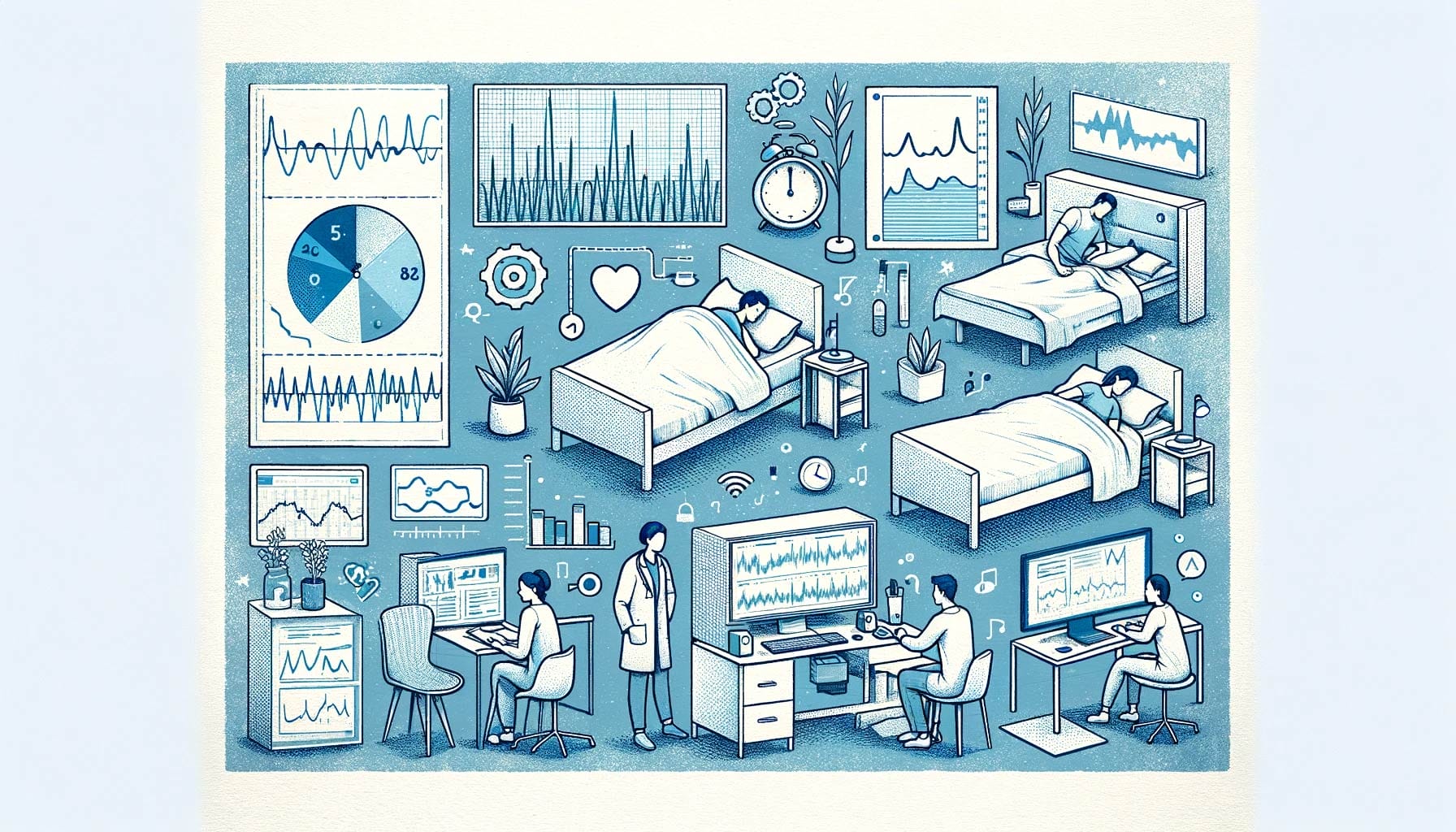
Actigraphy has established itself as a vital tool in clinical trials, offering unique insights into patient behavior and health. Its future, marked by technological advancements and expanded applications, promises to further enhance its role in clinical research.
Take-Home Messages:
- Actigraphy’s evolution is transforming clinical trials, making them more efficient and comprehensive.
- Technological advancements like cloud integration and device miniaturization are enhancing actigraphy’s functionality.
- The scope of actigraphy is expanding, with potential applications in diverse health research areas.
As we look ahead, actigraphy stands at the forefront of a new era in clinical research, offering innovative solutions and deeper insights into human health. This tool, with its evolving capabilities, is set to become an indispensable asset in the continuous quest for medical knowledge and improved patient care.
You Might Also Be Interested
📚 Delve into our comprehensive Wearables & Accelerometer collection for insightful perspectives on articles related to accelerometers and wearables.
🔍 Learn more about how our various valid and reliable products, such as the Fibion Device, Fibion SENS, Fibion Sleep, Fibion Mimove, Fibion Emfit, and Fibion Circadian, can help you in your research measuring physical activity, sedentary behavior, and sleep.
📅 Planning a research measuring physical activity, sedentary behavior, and sleep? For a chat with our accelerometer and wearable expert, book a session with Dr. Miriam Cabrita.
Frequently asked questions about this topic:
What is the role of actigraphy in clinical trials? +
Actigraphy is used in clinical trials for objective and continuous data collection, particularly for monitoring rest-activity cycles, sleep-wake patterns, and patient activity levels, thereby contributing to richer data analysis.
How should clinical trials be designed with actigraphy? +
Designing clinical trials with actigraphy involves selecting suitable trials, integrating actigraphy into trial protocols, and ensuring participant comfort and compliance for accurate and reliable data collection.
What are the challenges in analyzing actigraphy data in clinical trials? +
Analyzing actigraphy data in clinical trials involves handling large data sets, dealing with data variability, and employing specific techniques to transform raw data into meaningful clinical insights.
What are some key applications of actigraphy in clinical trials? +
Key applications include monitoring sleep disorders, chronic illness management, and studying sedentary behavior and physical activity, providing valuable insights into patient health and treatment efficacy.
What ethical considerations are involved in actigraphy-based trials? +
Ethical considerations include ensuring participant privacy, securing data, ethical use of actigraphy data, obtaining informed consent, and defining the scope of data usage in line with participant agreement.
What are the future directions in actigraphy-based clinical trials? +
Future directions involve technological advancements such as cloud integration and device miniaturization, expanding the scope of actigraphy in clinical research, and exploring new health research areas.











